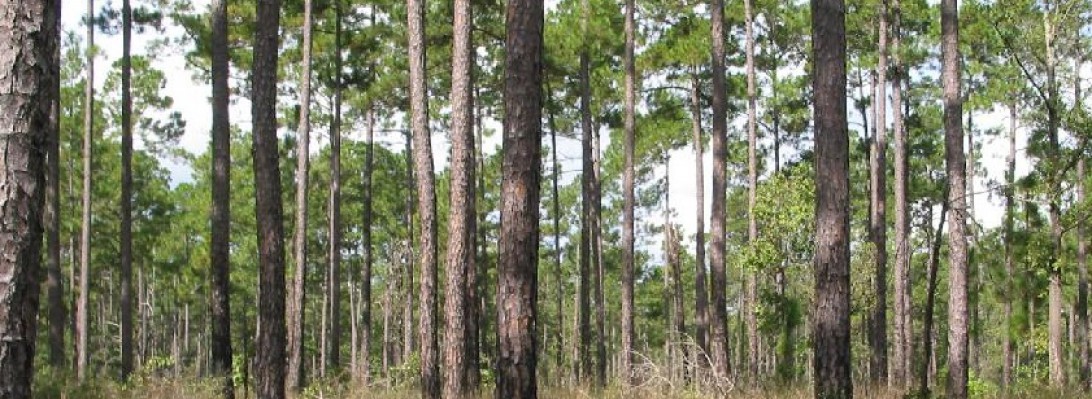



NAMING
Scientific Name: Ilex glabra
Family: Aquibiaceae
Common: gullberry, inkberry
HABITAT
Native
Habitat: flatwoods, dry moist sites
Range: Eastern Coast -> West Texas
TREE TRUNK
Size: 10ft tall
Bark: thickets, evergreen
Twigs: black speck is a stipule, green and rounded
LEAVES
Composition: simple
Arrangement: alternate
Shpae: oval
Margin: entire until upper third, then you see small teeth
Upper surface: dark green – glaborous
Lower surface: pale green – glaborous
REPRODUCTION
Flowers: diecious (male and female plants)
Fruit: drupe, black as it matures
USES
Wildlife – Habitat/cover, deer will browse
Commercial – honey bee attraction
Cultural/Historical – Ink with black fruit
TOLERANCES
Shade/Sun: moderate
Salt: moderate
Fire: grows right back
Flood: High
Drought: low
Other: Winter/spring burn issue
